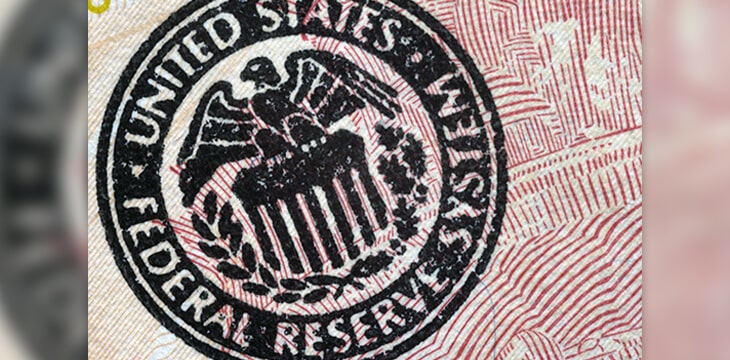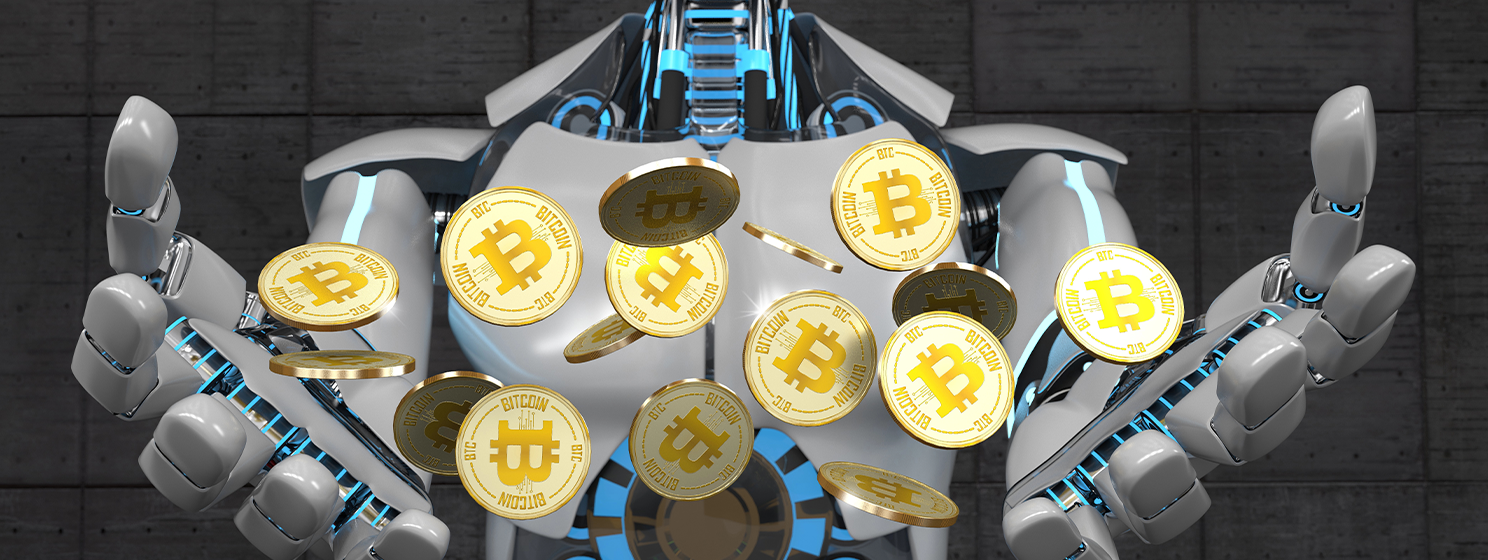|
Getting your Trinity Audio player ready...
|
The U.S. Federal Reserve recently released minutes of its latest meeting, and one of the topics they discussed was stablecoins. Specifically, the world’s most powerful central bank is worried about the risk stablecoins pose to financial stability.
The Fed likened stablecoins to prime money funds and noted they have the same vulnerabilities but with less transparency. They also discussed the need to monitor stablecoins carefully, develop a regulatory framework to address potential risks, and push for increased transparency from stablecoin issuers.
The comments come on the heels of previous statements made by Fed Chair Jerome Powell that a U.S. central bank digital currency (CBDC) could eliminate the need for stablecoins completely.
Pressure mounts on Tether & other stablecoin issuers
All throughout 2021, there’s been mounting pressure on the digital currency industry to adhere to laws and regulations. Governments around the world are clamping down and bringing in regulations related to KYC/AML. Some even require licenses to operate digital currency companies. Across the world, there’s a push to increase transparency and weed out the criminal elements of the industry. The recent Fed minutes show just how high up all of this goes.
At the center of much of the controversy in the industry has been stablecoin issuer Tether. At the time of writing, Tether has a market cap of over $65 billion and refuses to disclose details about the commercial paper it claims back its stablecoin USDT. Tether has also never undergone an audit, was banned from New York earlier this year, and several of its executives are under investigation by the U.S. Department of Justice in a probe into bank fraud. Both Tether and Bitfinex were banned from operating in New York after an investigation concluded they had made false statements and had covered up massive losses by commingling funds.
On top of all of this, Tether has links to some serious criminal activity. For example, its alleged shadow banker Reginald Fowler stands accused of money laundering, bank fraud, and a raft of other charges, which even involve cleaning money for Colombian drug cartels.
Earlier this month, it was also revealed that the vast majority of demand for USDT comes from two companies; Alameda Research and Cumberland Global. The latter quickly scrubbed all mentions of Tether from its website after the news broke.
I wonder what happened on May 21st, 2019, that Cumberland had to scrub their website with mentions of Tether.
It's quite strange that they really don't want people to know they're doing business with Tether.
Makes sense now that Tether is overtly under criminal investigation. pic.twitter.com/YOhNQtr36T
— Bitfinex'ed 🔥🐧 Κασσάνδρα 🏺 (@Bitfinexed) August 16, 2021
Do stablecoins pose systemic risk to wider economy?
It’s up for debate whether the digital currency space is large enough yet to pose serious risks to the wider economy, but as the latest Federal Reserve minutes indicate, people in powerful positions are concerned.
Regardless of whether the wider economy would be affected, it’s clear that the failure of a stablecoin like Tether would have catastrophic consequences for digital currencies. The vast majority of the volume on digital currency exchanges is in USDT pairs, and if Tether does turn out to be an elaborate scam, it’s likely to send the prices of many digital currencies plummeting as speculators rush for the exits. Tether holders could find themselves unable to redeem their USDT for anything of value as traders refuse to accept them for any other digital assets.
https://twitter.com/StateCommon/status/1428923816332259329
Surely it’s no coincidence that digital currency prices have begun rising again as Tether has printed $3 billion in 12 days. Although, it’s unclear who is demanding these from a company that’s part of a DOJ probe into bank fraud.
Regulation is coming, and the truth will be revealed
Of course, it is possible that Tether is fully backed, that demand for USDT is legitimate and comes from real companies who just don’t want to use real money to buy digital currencies, and that this is all smoke with no fire. It could also be a pure coincidence that digital currency prices rise every time Tether starts printing synthetic dollars that it refuses to show backing for.
We’ll find out soon enough because if 2021 has made one thing clear, it’s that regulators and governments all across the world are waking up and wising up to what’s going on in the digital currency industry. They’re pushing for regulation, greater transparency, and stricter controls.
With even the Federal Reserve calling for regulation, it’s clear that there’s no stopping the trend towards legal compliance. As the tide goes out, we’ll soon find out who’s swimming naked.
Follow CoinGeek’s Crypto Crime Cartel series, which delves into the stream of groups—a from BitMEX to Binance, Bitcoin.com, Blockstream, ShapeShift, Coinbase, Ripple and Ethereum—who have co-opted the digital asset revolution and turned the industry into a minefield for naïve (and even experienced) players in the market.

 12-17-2025
12-17-2025 




